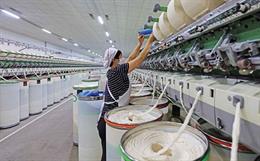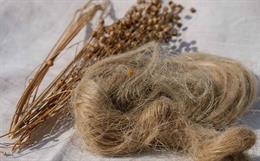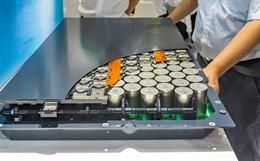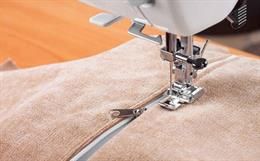Automobiles teaming withthe textile segment are positively predicted to be 'in the black'.
On an average, 165 tonnes offabrics are used in car manufacturing process every year. The demand forcomfort, concern for safety while driving, and an increasing focus towardsreducing fuel consumption and CO2 emissions have all augmented the usage ofspecial textiles in automobiles, especially cars. In a mid sized car, 20 kg oftextiles were used generally. With the increasing demand for sophistication,and a stringent want for using protective textiles, the use of textilematerials for the same has currently become 26 kg, and is even predicted toincrease by 35 kg by the end of 2020. Two thirds of the automotive textiles areused in trims, seat covers, roof, door liners, and carpets. Other fabricapplications include tyres, hoses, safety belts, and air bags.
Global market for light vehicleproduction experienced a drastic fall, the highest hit in the last 30 yearsduring 2008 and even deeper in 2009. Production of cars was 67.4 million in2008, and fell to 58.6 million in 2009. Developed countries like North America, Japan, and Europe were mainly responsible for the fall. On the contrary,emerging economies like China and India saw a profitable market with productionincreasing by 50% and 17% respectively. Fluctuations in vehicle manufacturingaffected the automotive textile market consequently.
Trends in the AutomobileFabric Segment:
Demand for Coated Fabrics:
Airbags, trims, and truck coversaccounts for 28%, proving to be the largest share of the coated fabric demand. US demand for coated fabrics is anticipated to grow 2.1% on a year on year basis, and reach655 million sq. yards by 2012. Sales for the same will rise 3.4% annuallyreaching $3 billion by 2012. Increased sales in this sector will stem from the automobiletextile sector. Gains in the sale of automobiles will motivate the automotivetextile market as well. While non-rubber coated fabrics will also have a goodmarket, rubber coated fabric materials will be in high growth trajectory. Rubbercoated fabrics used in automobiles are expected to post enormous gains by 2012.
Potential for Knitted &Woven Fabrics:
Knitted and woven fabrics willhave a dominating share in the global automobile fabric arena, closely followedby composites, and non-woven. Circular knitted fabrics are used in theinteriors of cars for seat covers, door panels, headliners, headrests, bootcovers, sunroofs, and parcel shelves. Having the virtues of high flexibility,comfort while traveling, stretchability, and high-grade visual quality; thesefabrics will have good potential. Woven fabrics will see a profitable market inthe making of door panels, seat covers, side door paneling, and headrests.
Innovative Auto Fabrics:
New product innovations in auto fabrics sector will further augment its growth. The latest is the creative combination of seatbelts, and airbags. The belt cum air bag is made with round and smooth edges to give added comfort to its wearer. This process uses high volume production of cold gas inflator, making the seatbelt cum air bag to swell almost five times larger than the width of the normal seat belt. The swelling process is initiated through a deployment signal from a sensor system. This technique will minimize the extent of damage, as it distributes the force across the wearers body. The interior fabrics of the car are made with a special kind of micro fibre which is ultra light, flame proof, and is also resistant to abrasion. This is believed to be 100% eco friendly as well.
Lightweight Vehicles:
Lighter cars prove to be more economical, consumer less fuel, and also involve less manufacturing costs. As the concept benefits the manufacturer, consumers, and the environment application of natural fibre composites will have a rapid growth in the automobile fabric industry.
Automobile industry is expanding in a big way. Subsequently, the share of automotive fabrics is also rising. Manufacturers are currently standardizing their operations to customize the vehicles to satisfy legal requirements, as well as the preferences of their end users. Supplemented with modern technological advancements and a touch of eco concern, the industry will get ad added push in the forthcoming years, doubling its results, marking an exemplar change.
References:
1. &sec=article&uinfo=<%=server.URLEncode(2837)%>" target="_blank">http://www.adsaleata.com/
2. &sec=article&uinfo=<%=server.URLEncode(2837)%>" target="_blank">http://www.thefreelibrary.com/







